
Figure 1: Data center.
Most of the electrical energy consumed during the operation of electronic information equipment in the data center
is converted into waste heat. If this part of the heat in the cabinet cannot be transferred to the surrounding
environment in time, the operating temperature of the chips and other components in the cabinet will rise sharply.
For a typical general-purpose computing server, the CPU accounts for the largest proportion of power consumption
among all components, and the heat dissipation requirement is also relatively the largest. When the chip temperature
in the cabinet server rises to above 80°C, stable operation of the chip cannot be guaranteed.
Therefore, data centers need to continuously provide cooling capacity that matches the cooling needs of servers.
Currently, the vast majority of data centers still use air cooling technology to cool chips.
1. Data Center Cooling System Based on Air Cooling Technology
1.1 What is Data Center Air Cooling Technology?
Most air-cooled servers include the following main hardware components: CPU, memory, motherboard, network card, storage device, power supply and cooling system (fan + air guide component), etc. The inside of the server is designed to meet its cooling needs for safe and stable operation through the layout of fans, the design of air ducts, and the arrangement of CPU heat sinks.
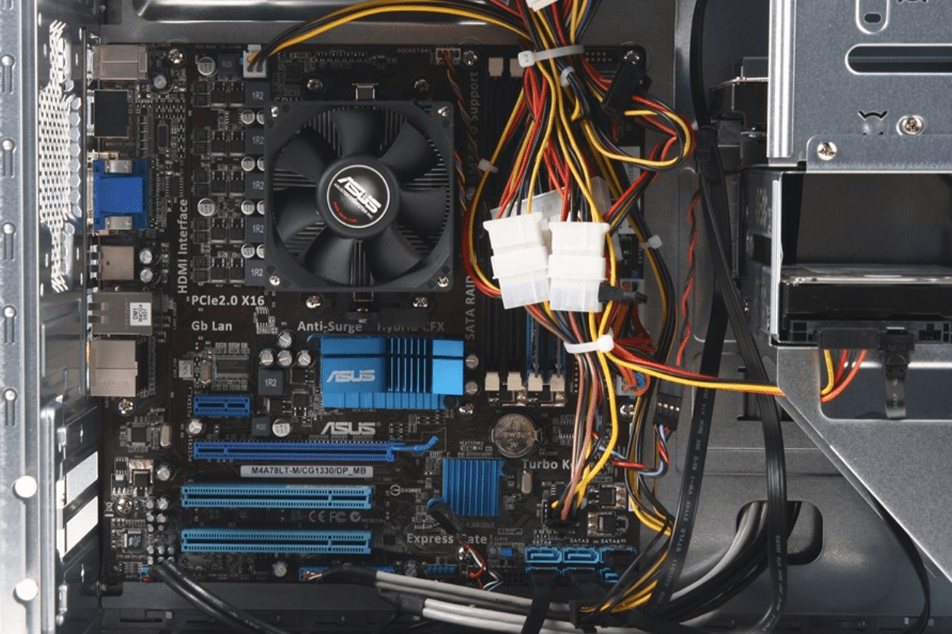
Figure 2: Internal structure diagram of rack server.
For data centers that use air-cooled servers, in order to ensure the normal operation of the IT equipment in the
data center, the heat generated by the continuous operation of the IT equipment needs to be transferred to the
outdoor environment through the air in the computer room and the medium (water, air or other refrigerants) in air
conditioner equipment pipelines, thereby stabilizing the two important indicators of temperature and humidity of the
air in the computer room within a reasonable and safe range.
Since the data center cooling system and electronic information equipment under air cooling technology only realize
the heat exchange process through the air in the environment, the cooling system design and daily operation and
maintenance of IT equipment and air conditioning equipment can be easily decoupled. Therefore, air-cooled heat
dissipation has become the mainstream technology for a long time. Air-cooled servers and the matching data center
cooling systems have continued to iteratively upgrade their systems and equipment components to continuously improve
the energy efficiency of IT hardware and the efficiency of data center cooling systems.
1.2 Data Center Air Cooling System Composition
The data center cooling system mainly consists of cold source units, cold capacity transfer units, and terminal
cooling units according to the heat transfer stage. Different data centers choose different refrigeration unit
solutions based on local climate conditions, electronic information equipment types, cabinet power density and other
factors.
●Currently, common data center cold source units are mainly divided into water-cooled chillers, air-cooled chillers,
air-cooled direct expansion air conditioning units, indirect evaporative cooling units, etc. according to the heat
exchange medium with the external environment and the terminal computer room;
●The cold capacity transfer unit can correspondingly use chilled water pipelines, refrigerant pipelines, air ducts,
etc.;
●The terminal cooling unit can use room-based precision air conditioners, row-based air conditioners, rack-based
backplane air conditioners, etc.

Figure 3: Schematic diagram of water-cooled chiller unit system.
1.3 Data Center Air Cooling System Energy Consumption Structure
Taking the data center that uses the traditional water-cooled chiller system as an example, the figure below shows
the energy consumption ratio of each link. The energy consumption of the cooling system accounts for 36% of the IT
load, and the energy consumption of the chiller unit accounts for about 50% of the entire cooling system. In order
to achieve efficient and energy-saving operation of the data center cooling system, the most direct and effective
way is to maximize the use of free cooling in the outdoor environment and reduce the running time of the chiller.
In addition, the energy consumption of the data center cooling system can also be reduced through methods such as
refined cooling system design, water pump frequency conversion, energy-saving air conditioning equipment selection,
construction process optimization, and dynamic adjustment of operation and maintenance strategies. However, the
above optimization process involves many links and factors. It is very difficult to maximize the energy-saving
effect of each link and requires high capabilities of the operation team.
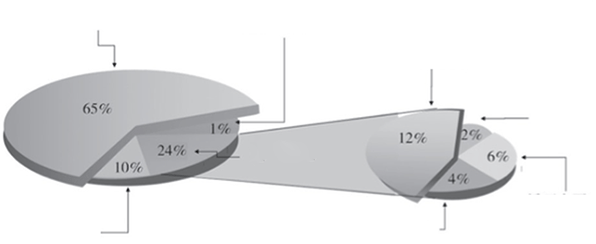
Figure 4: Typical data center equipment energy consumption structure.
2. Data Center Cooling System Based on Liquid Cooling Technology
2.1 What is Data Center Liquid Cooling Technology?
Data center liquid cooling technology is a cooling method that uses flowing liquid to transfer the heat generated by
the internal components of the computer to the outside of the computer to ensure that the computer operates within a
safe temperature range. Liquid cooling technology is not a new technology. Various forms of liquid cooling
applications have appeared since the 19th century, such as for insulating and cooling ultra-high voltage transformers, cooling automobile engines, etc. However,
the solutions and cases that it is deployed in enterprise-level data centers on a large scale are uncommon.
Currently, data center liquid cooling solutions are divided into direct contact liquid cooling technology and
non-contact liquid cooling technology based on whether electronic information equipment is in direct contact with
the coolant. Direct contact liquid cooling technology is mainly divided into immersion and spray liquid cooling.
Non-contact liquid cooling technology is mainly cold plate liquid cooling.
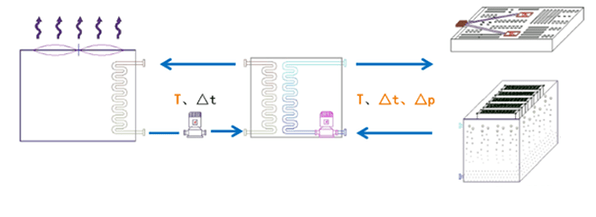
Figure 5: Data center liquid cooling system architecture diagram.
2.2 Opportunities and Challenges of Liquid-Cooled Data Centers
As an innovative technology, data center liquid cooling technology can not only realize the minimalist design and
ultimate energy efficiency of the data center, but also conform to the future high-power trend of server chips. In
the context of enterprises' strict low energy consumption requirements for data centers, at the same time, it gets
the common attention and support from the IT side and the data center side.
For IT equipment, liquid cooling technology can effectively solve the heat dissipation problem of high-power chips,
and at the same time bring about a significant optimization of the chip surface temperature, reduce the power
consumption of the fan, thereby increasing the computing performance per unit power consumption.
For data centers, since liquid cooling technology can be designed to have a relatively high liquid inlet temperature
(above 45°C), the cold source system design of the data center can eliminate the chiller design, thereby realizing
the use of natural cold sources throughout the year. Data centers in most areas can achieve PUE as low as 1.15 or
less. At the same time, the reduction of the peak PUE of the data center improves the IT output of the data center,
thereby directly reducing the TCO cost of the data center.
In addition, with the continuous upgrading of liquid cooling technology and the deepening of the integration of
different professional technologies, the energy saving method of data centers has shifted from simply improving the
equipment energy efficiency of air conditioning system to joint optimization and control of IT equipment and
refrigeration equipment, and AI technology is used to further optimize the global energy efficiency of the data
center.
However, liquid cooling technology involves the collaboration and integration of multiple professional fields, and
still faces many difficulties and challenges on the road to true large-scale application. All parties in the
industry need to promote the practical implementation and healthy development of new technologies from the aspects
of standard formulation, technical research, cost reduction, operational practice, etc.
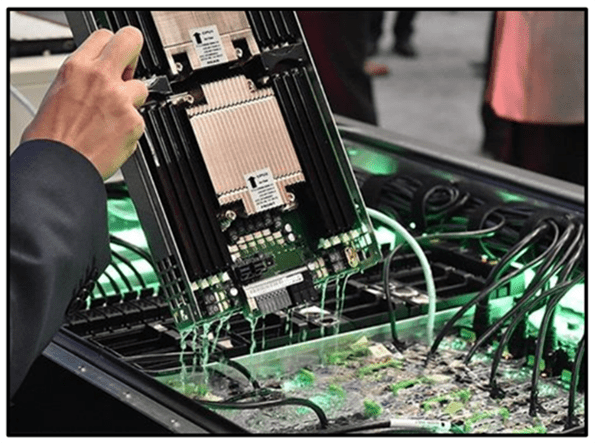
Figure 6: Immersion liquid cooling technology.
3. Comparison between Air Cooling System and Liquid Cooling System
3.1 Capital Investment
Both air-cooling and liquid-cooling systems have higher initial investment costs.
3.2 Energy Consumption
Air cooling systems have high energy consumption, while liquid cooling systems have low energy consumption. Liquid cooling systems can reduce IT fan power and infrastructure power consumption.
3.3 Cabinet Density
From the perspective of heat dissipation for electronic information equipment processors, the heat dissipation limit
of air cooling is 50 W/cm²; from the perspective of cabinet density, the cooling air flow rate of servers is
generally 102~144m³/(kw·h). The continuous increase in power density of a single cabinet requires increasing air
supply volume accordingly. When the power density of a single cabinet increases to more than 20KW, the design is
difficult and the cooling effect and income are poor.
From the perspective of heat dissipation for electronic information equipment processors, the cooling effect of
liquid cooling is 1,000 to 3,000 times that of air cooling, and its cooling effect and capacity are much better than
that of air cooling; from the perspective of cabinet density, liquid cooling can support the power density of a
single cabinet of more than 20KW.
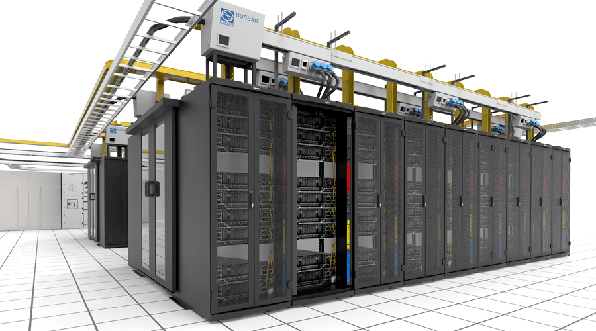
Figure 7: Data center cabinet layout.
3.4 Maintainability
Air cooling systems are widely used and the application experience is sufficient. However, due to the complexity of
the system and the close connection with the outdoor environment, compared with liquid cooling infrastructure, its
maintainability and applicability are poor.
Liquid cooling technology is relatively new, and its application time and breadth are insufficient. Practitioners
need to constantly sum up experience and improve system maintainability.
3.5 Water Usage
Air cooling systems have high water consumption because many data centers rely on cooling towers (evaporative
cooling) to achieve low PUE.
The liquid cooling system can adopt high temperature liquid inlet design above 45℃, which can eliminate or
significantly reduce evaporative cooling and achieve efficient cooling with less or zero water consumption.
3.6 Noise
The air-cooling system makes a lot of noise in the computer room due to the high speed fans of the servers and
terminal air conditioners.
The liquid cooling system is less noisy, especially when using the immersion liquid cooling solution because of no
fan.
3.7 Computer Room Layout
The air cooling system needs to consider the air flow organization, and the cabinets and equipment in the computer
room cannot be arranged randomly.
Due to the reduction in air supply volume, the liquid cooling system does not require a lot of white space in the
data center computer room, thus providing great flexibility for the layout of data center cabinets. Compared with
traditional air cooling, liquid cooling systems do not necessarily need to adopt a traditional layout of closed
hot/cold air ducts in the computer room.


